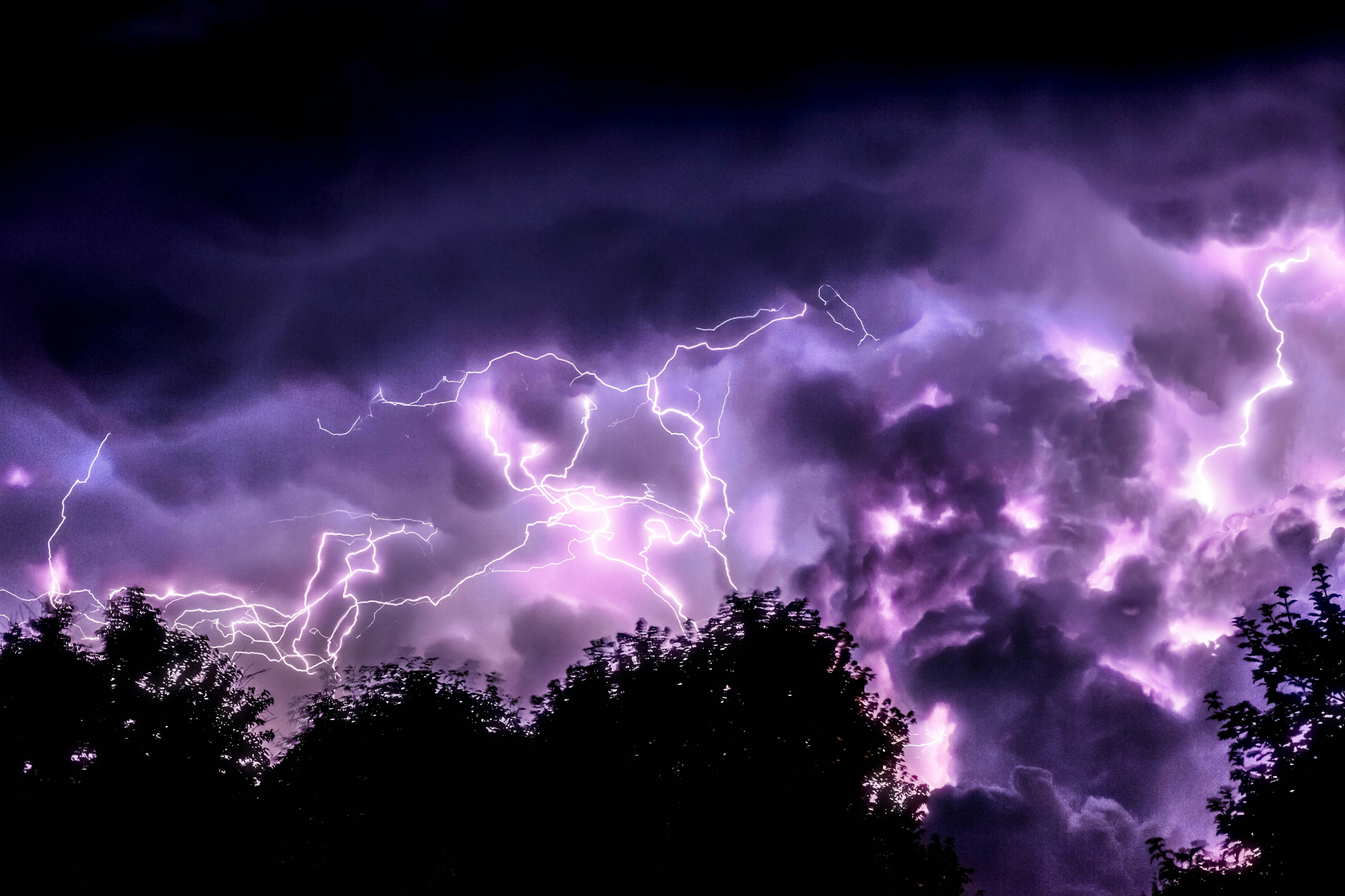
In regions like East and Southeast Asia, where urbanisation has skyrocketed, the interplay between human settlement and natural disaster vulnerability becomes particularly pronounced. Consider China, where over 60% of the population lives in urban areas, including major coastal cities like Shanghai and Guangzhou, or Japan, where coastal cities like Tokyo and Yokohama house millions. Not to mention the Philippines, with vast urban populations in areas like Metro Manila perilously close to the coast.
Given this context, the work of a team of mainly Asia-based researchers led by Dr Terry van Gevelt from Singapore Management University takes on a profound significance. This team embarked on a mission to harness virtual reality technology to make the future impacts of these devastating storms feel immediate, personal, and undeniably real.
Read the original article: https://doi.org/10.1371/journal.pclm.0000112
Transcript:
Hello and welcome to Research Pod. Thank you for listening and joining us today.
In this episode, we’re diving into a stormy topic — climate change. But not just any aspect of it. We’re embarking on a voyage into a future where the skies tell tales of storms like never before — storms amplified by climate change. This is not just a story of science but a narrative about our perceptions, fears, and, ultimately, our actions.
Our focus is the Northwest Pacific, home to the Philippines, China, Japan, Taiwan, Hong Kong, and parts of South Korea. This part of the world stands on the frontline of climate change’s fury. With their densely populated urban centres nestled along coastlines, these nations bear the brunt of nature’s might, facing an unparalleled threat from intense tropical storms. Known elsewhere as cyclones or hurricanes, but here in the Northwest Pacific as typhoons, these intensely powerful storms bring death and destruction in their wake every year. And there is significant evidence that climate change is charging them with extra fury.
The urgency of understanding and mitigating the impacts of these supercharged storms cannot be overstated. With over half of the world’s population now residing in urban areas — a figure set to rise significantly in Asia — the potential for catastrophe looms large. In regions like East and Southeast Asia, where urbanisation has skyrocketed, the interplay between human settlement and natural disaster vulnerability becomes particularly pronounced. Consider China, where over 60% of the population lives in urban areas, including major coastal cities like Shanghai and Guangzhou, or Japan, where coastal cities like Tokyo and Yokohama house millions. Not to mention the Philippines, with vast urban populations in areas like Metro Manila perilously close to the coast.
In total, it is estimated that 8 to 10% of the global urban population lives within the Northwest Pacific’s typhoon belt. This figure underscores the vast number of lives intertwined with the whims of the weather.
Given this context, the work of a team of mainly Asia-based researchers led by Dr Terry van Gevelt from Singapore Management University takes on a profound significance. This team embarked on a mission to harness virtual reality technology. Their goal? To pierce the veil of abstraction that often surrounds climate change and make the future impacts of these devastating storms feel immediate, personal, and undeniably real.
Hong Kong is the backdrop for this team’s research. It’s an intentional choice. It is highly densely populated and an economic powerhouse. Its geographic location on the south coast of China in the South China Sea also places the city-state directly in the path of typhoons that form in the Western Pacific Ocean, usually between May and November, typically peaking between July and September. Hong Kong’s citizens are familiar with Mother Nature’s fury. The challenge for Dr Terry van Gevelt and his fellow researchers was whether a virtual dive into the future of extreme weather could change how they perceive the threat of anthropogenic climate change today.
With the precision of artists and the rigour of scientists, Dr Terry van Gevelt and the team crafted a virtual reality, or VR, simulation. Not just any simulation, but a portal to a future Hong Kong under siege by a super typhoon, a fictional yet frighteningly plausible future where climate change has left its mark. The simulation was inspired by Super Typhoon Mangkhut, which carved a path of destruction through the Pacific Northwest in September 2018. Even though the typhoon made landfall 160km west of Hong Kong, it tested the city’s resolve.
In creating their immersive experience, the researchers modelled the synthetic typhoon to approximate near-worst-case conditions for Hong Kong. This involved simulating a sea-level rise of one-and-a-half metres to reflect future climate change projections, and intensifying the storm to maintain peak intensity levels that warmer ocean temperatures would exacerbate. The virtual storm was designed to follow a track similar to Mangkhut, but adjusted to place Hong Kong directly in the path of the most dangerous quadrant of the typhoon, thereby maximising the potential for storm surge and wind damage.
The VR simulation used advanced 3D visualisation techniques to render the storm surge and its effects on the urban landscape of Hong Kong, specifically focusing on the iconic and densely populated Central district. This area, known for its significance to Hong Kong’s economy and cultural identity, was chosen to highlight the potential vulnerability of critical infrastructure and urban centres to future climate-induced storms. The simulation included detailed environmental elements such as buildings, roads, and vehicles to provide a realistic sense of scale and impact, immersing viewers in a scenario where the streets of Central are inundated with floodwaters, showcasing the potentially devastating effects of such a storm on the city.
Once the stage was set, just over 1,500 participants were ushered into this virtual world and split into groups—one half experienced the storm’s virtual fury while the others did not. The team expected, quite logically, that standing on the brink of a future disaster would shake the foundations of apathy and ignite a fire of concern and action regarding climate change. Yet, as the virtual clouds cleared, the results painted a different picture.
Contrary to the researchers’ expectations, rather than heightened alarm, there was a subtle dip in climate change risk perception via a post-session survey among those who experienced the VR simulation. This puzzling twist upsets conventional understanding and prompts a deeper inquiry into the complex tangle of human psychology and environmental concern. Why did a journey into the heart of a future storm not yield the expected awakening?
The answers, as unearthed by the team, were as varied as they were insightful. For some, the simulation, while technologically accurate and brilliant, felt distant — a spectacle rather than a personal threat. Others found themselves wrestling with scepticism, not about the science of climate change, but about the immediacy and severity of its impacts. And then there were those for whom the simulation stirred feelings of helplessness rather than empowerment — a sense of being too small against the storm.
The study also set out to assess whether VR simulation would influence participants’ individual mitigation behaviour. The results indicated that the decrease in risk perception was also accompanied by a similar decrease in motivation to engage in behaviours aimed at mitigating climate change. This suggests that the VR experience, rather than mobilising action, may have had the inverse effect, that is, demotivating participants to take steps towards climate change mitigation. This insight suggests that much-vaunted VR technology is a double-edged sword in climate change communication.
With its immersive prowess, VR holds untapped potential for environmental education. However, while VR can make abstract or distant threats more tangible and immediate, this study highlights the importance of carefully considering how such simulations are designed and framed to avoid unintended effects on public perceptions and behaviours. This experiment underscores that technology alone cannot guarantee the leap from virtual concern to real-world action. The path forward calls for blending technology with storytelling, empathy, and a deeper understanding of the human psyche.
As we stand on the precipice of potential futures, Dr Terry van Gevelt and his team’s work beckons us to innovate in how we connect, communicate, and catalyse action on climate change. The Hong Kong participants’ journey through the virtual typhoon reminds us that the battle against climate change is not just fought in the labs and at the policy tables but in the hearts and minds of every individual.
Today’s episode of Research Pod has taken us through the eye of a virtual storm, challenging us to see beyond the storm’s physical manifestation to the core of our perceptions. The study we delved into is more than an experiment; it reflects our collective journey towards understanding and acting on the climate crisis.
Let’s remember that the future is not set in stone; it’s shaped by our actions, perceptions, and willingness to confront the challenges ahead. Science is critical in this journey.
Thanks for listening. Don’t forget to subscribe to ResearchPod for more detailed breakdowns of the latest academic research. See you next time!
Also published on: https://researchpod.org/earth-environment/virtual-simulations-extreme-climate
Podcast is also available on Spotify, Apple iTunes, Google Podcasts, and many more (please use search term “ResearchPod”).
See More News
Want to see more of SMU Research?
Sign up for Research@SMU e-newslettter to know more about our research and research-related events!
If you would like to remove yourself from all our mailing list, please visit https://eservices.smu.edu.sg/internet/DNC/Default.aspx

